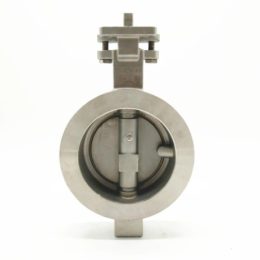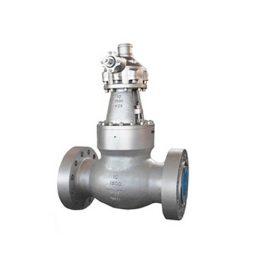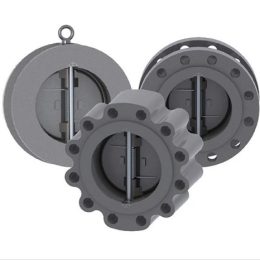The Main Structural Characteristics and Operation of the Fixed Ball Valve
Introduction
Fixed ball valves are widely used in various industries such as papermaking, petrochemical, chemical, metallurgy, electric power, environmental protection, petroleum, and light industry. These valves are designed to ensure a stable operation with an automatic compensation function, great shear force, and self-cleaning function. This blog post discusses the structural features, advantages, and operation of the fixed ball valve.
Structural Features of Fixed Ball Valve
Fixed ball valves have many structural features. Firstly, a spring is used to pre-tension the floating valve seat, which blocks the fluid when the valve is in the fully open or fully closed state. Additionally, the automatic pressure relief function of the valve seat ensures the safety of the valve when transporting liquid media. The fixed ball valve has a unique sealing method that completely blocks the fluid, and the Teflon seat softens and burns in case of fire or abnormal temperature rise. The seal emergency grease injection feature provides a quick connection with the grease injection gun, which can inject the sealing grease into the seat sealing part conveniently and quickly, and alleviate leakage.
Advantages of Fixed Ball Valve
Fixed ball valves have several advantages, including sealing emergency grease injection rescue, reliable stem sealing and low operating torque, full bore or reduced diameter, lengthened valve stem, and flexible operation. The full-bore pipeline ball valve’s flow aperture is consistent with the pipeline inner diameter, which is convenient for pipeline cleaning. The valve stem can be lengthened according to the needs of installation or operation. The valve seat and stem bearing with small friction coefficient and good self-lubricity are adopted, which greatly reduces the operating torque of the valve. Therefore, even if no sealing grease is provided, the valve can be operated flexibly for a long time.
Operation and Use of Fixed Ball Valve
Before operating the fixed ball valve, ensure that the pipeline and valve have been flushed. The operation of the valve is completed through the input signal of the actuator, which drives the valve stem to complete rotation. When the valve rotates 1/4 turn (900) in the forward direction, the valve is closed. When reverse rotation of 1/4 turn (900), the valve opens. The valve is open when the direction indicator arrow of the actuator is parallel to the pipeline, and it is closed when the indicator arrow is perpendicular to the pipeline.
Conclusion
Fixed ball valves are essential components of the automation control system in various industries. The fixed ball valve’s structural features and advantages make it a reliable and safe option for fluid control systems. The operation and use of the fixed ball valve are straightforward, and the valve can be operated flexibly for a long time.



